Long Story Shorts: What Causes Red Tides? – Hakai Institute
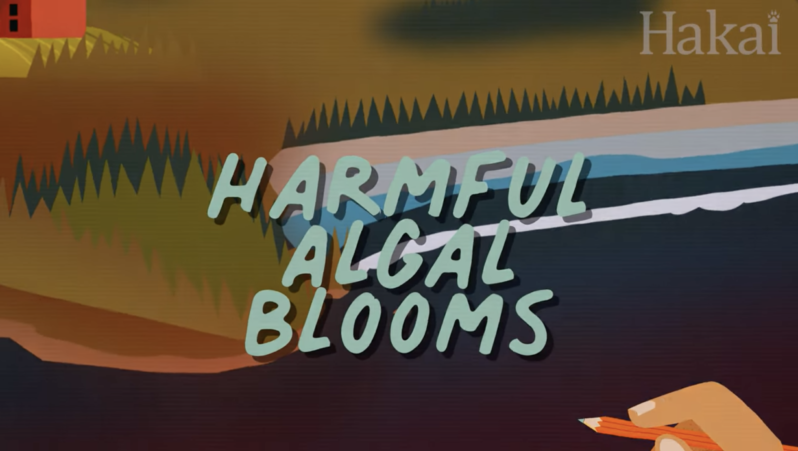
Red tides are the worst-named algal anomaly out there—they’re not always red, but these blooms of algae can be harmful to humans and other animals.
El Niño May Break a Record and Reshape Weather around the Globe – Scientific American
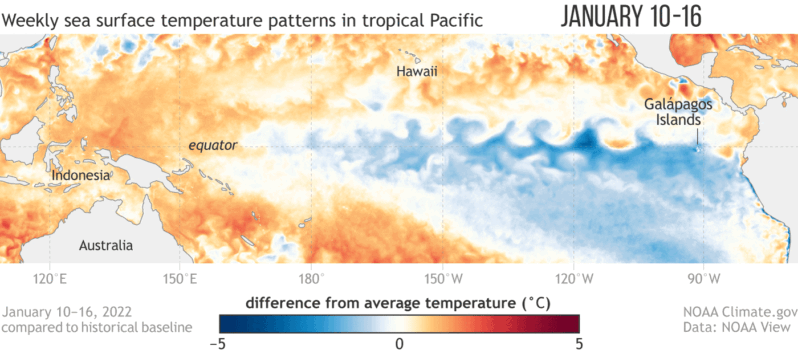
Seven years ago an exceptionally strong El Niño took hold in the Pacific Ocean, triggering a cascade of damaging changes to the world’s weather. Indonesia was plunged into a deep drought that fueled exceptional wildfires, while heavy rains inundated villages and farmers’ fields in parts of the Horn of Africa. The event also helped make 2016 the planet’s hottest year on record. Now El Niño is back…
Indonesian fishermen, activists fear loss of marine life, islands as sea-sand exports resume – South China Morning Post
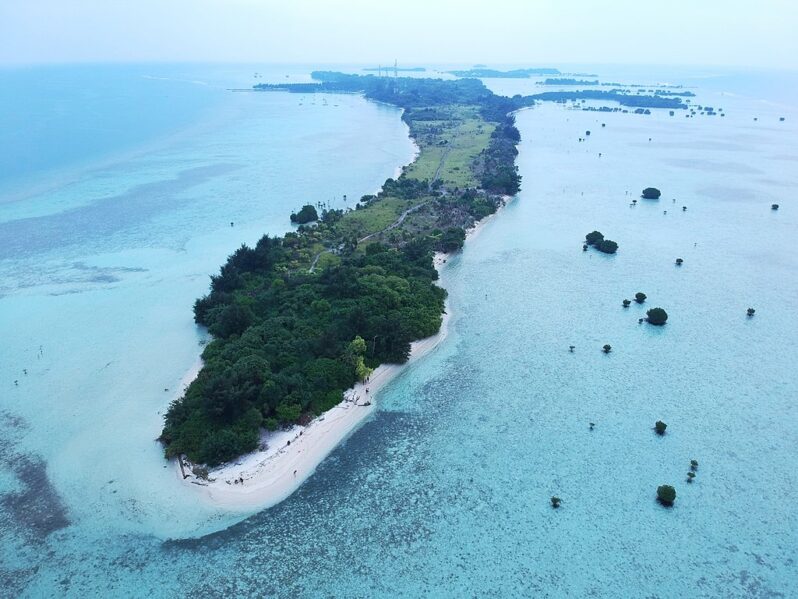
The last time dredging vessels came to Rupat Island, the Indonesian island’s coast was pillaged for its sea sand, says fisherman Eriyanto, who saw his income shrivel as the seabed – and the ecosystem it shelters – was scooped up for sale.
Now, the 36-year-old from Suka Damai village fears worse is yet to come, after President Joko Widodo last month lifted a 20-year-old ban on sea-sand exports….
Every Coastal Home Is Now a Stick of Dynamite – the Atlantic
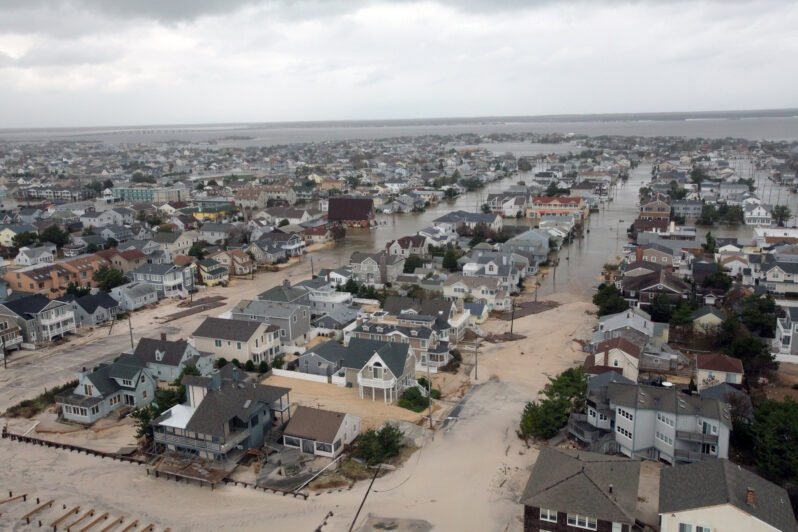
Wealthy homeowners will escape flooding. The middle class can’t.
The Langfords got out of Houston just in time. Only two months after Sara and her husband, Phillip, moved to Norfolk, Virginia, in June 2017, Hurricane Harvey struck, destroying their previous house and rendering Sara’s family homeless…
Cyclone Biparjoy: India, Pakistan evacuate more than 170,000 – BBC News
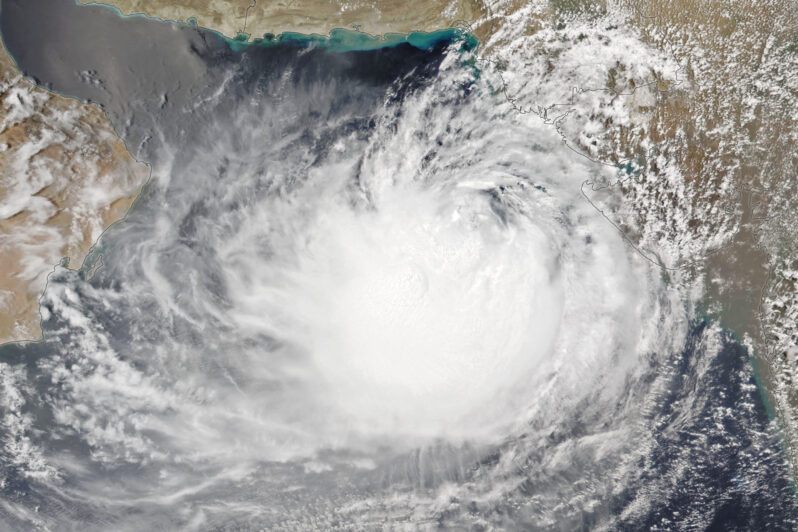
Gale force winds and heavy rains are lashing coastal parts of north-west India and southern Pakistan as a powerful cyclone makes landfall.
Forecasters say it could be the area’s worst storm in 25 years and warned it threatens homes and crops in its path.
The cyclone is due to barrel through parts of India’s Gujarat state and Sindh province in Pakistan….
Ocean Sand: Putting Sand on the Ocean Sustainability Agenda – ORRAA Report
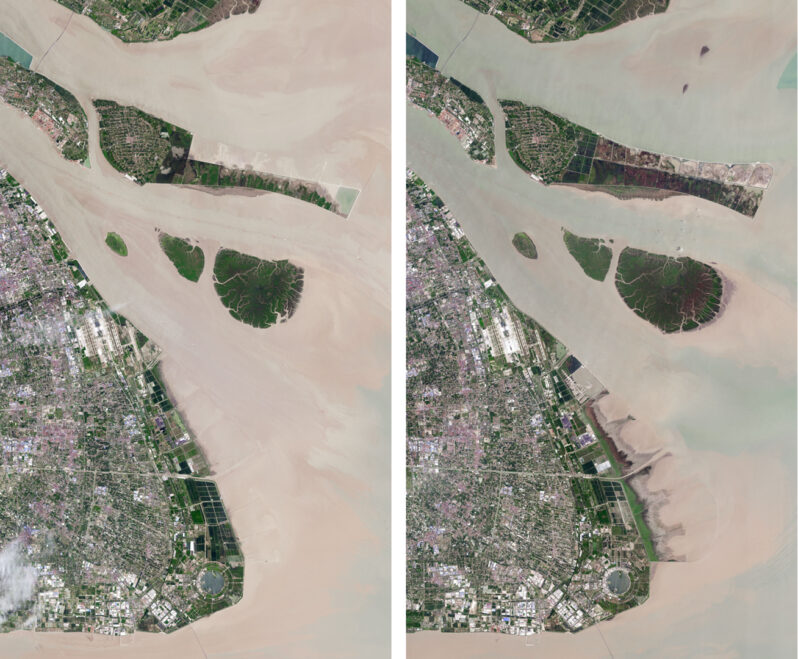
Sand is a fundamental feature of modern society…
Globally, the consumption of aggregates has increased three-fold over the last two decades, reaching an estimated 40-50 billion tons per year – an extraction far quicker than the rate at which they can naturally be replenished…
“Death Star” Diatom – Steve Mandel

An enthusiastic and prolific nature photographer for over 25 years, Steve Mandel’s diverse portfolio includes astronomical imaging, wildlife photography, and the photography of microscopic marine organisms.
Steve is much more than a photographer with a camera. When he can’t find a camera that can capture the sort of imagery he believes is required to broaden our understanding of science and widen our perception, he will just BUILD it himself.
His photographs have appeared in the New York Times, Smithsonian Books, Reader’s Digest, Forbes Magazine, Sky&Telescope, Astronomy, and used by websites including NASA. Three of Steve’s images: of Japanese Macaques, Lemurs in Madagascar, and Proboscis Monkey have been given Highly Honored Awards by the Smithsonian Museum of Natural History and put on display at the Museum. He is also the recipient of the Astronomical Society of the Pacific’s International Amateur Achievement Award, and the American Astronomical Society’s Chambliss Amateur Achievement Medal.
California Against the Sea: Visions for our Vanishing Coastline – by Rosanna Xia
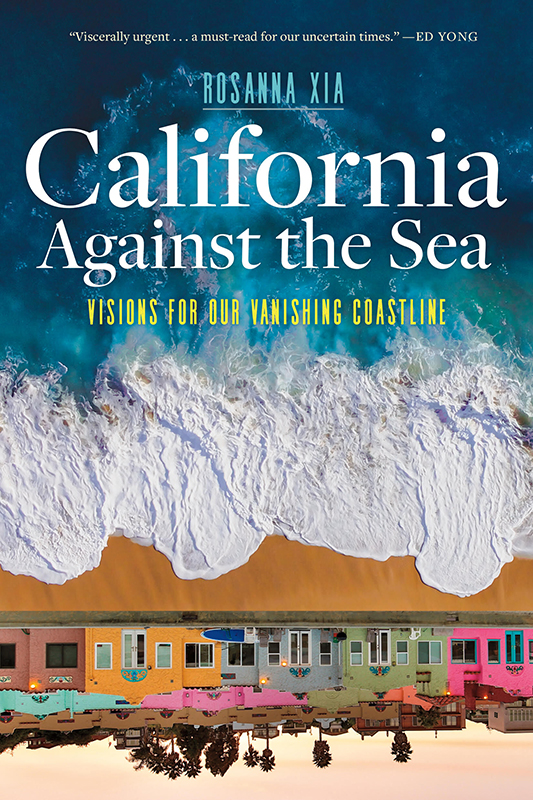
Along California’s 1,200-mile coastline, the overheated Pacific Ocean is rising and pressing in, imperiling both wildlife and the maritime towns and cities that 27 million people call home. In California Against the Sea, Los Angeles Times coastal reporter Rosanna Xia asks: As climate chaos threatens the places we love so fiercely, will we finally grasp our collective capacity for change?
How does sea level rise challenge modern notions of property lines? – Los Angeles Times
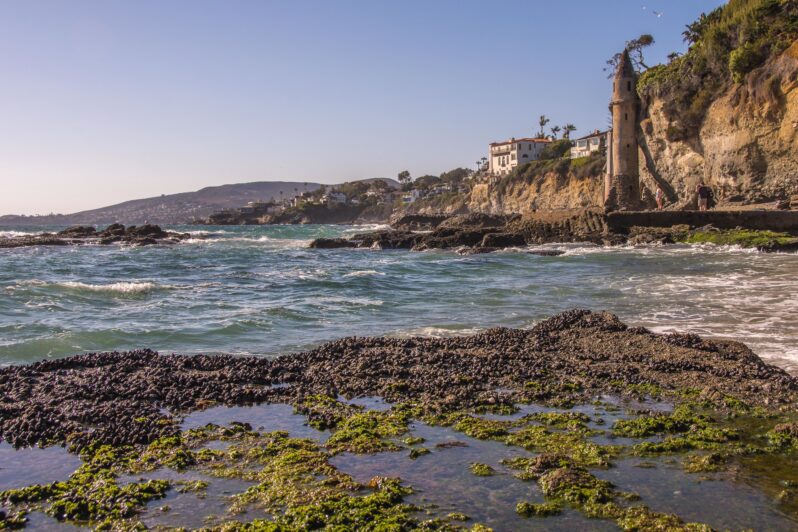
The (California) Coastal Act is a remarkable commitment to the public trust doctrine, which traces back to Justinian I, who declared in 533 C.E. that “the following things are natural law common to all: the air, running water, the sea, and consequently the seashore.” This notion — that certain lands should be held in trust by the government for the benefit of all people — evolved into English common law, which the United States then adopted and California later wrote into its state constitution…
